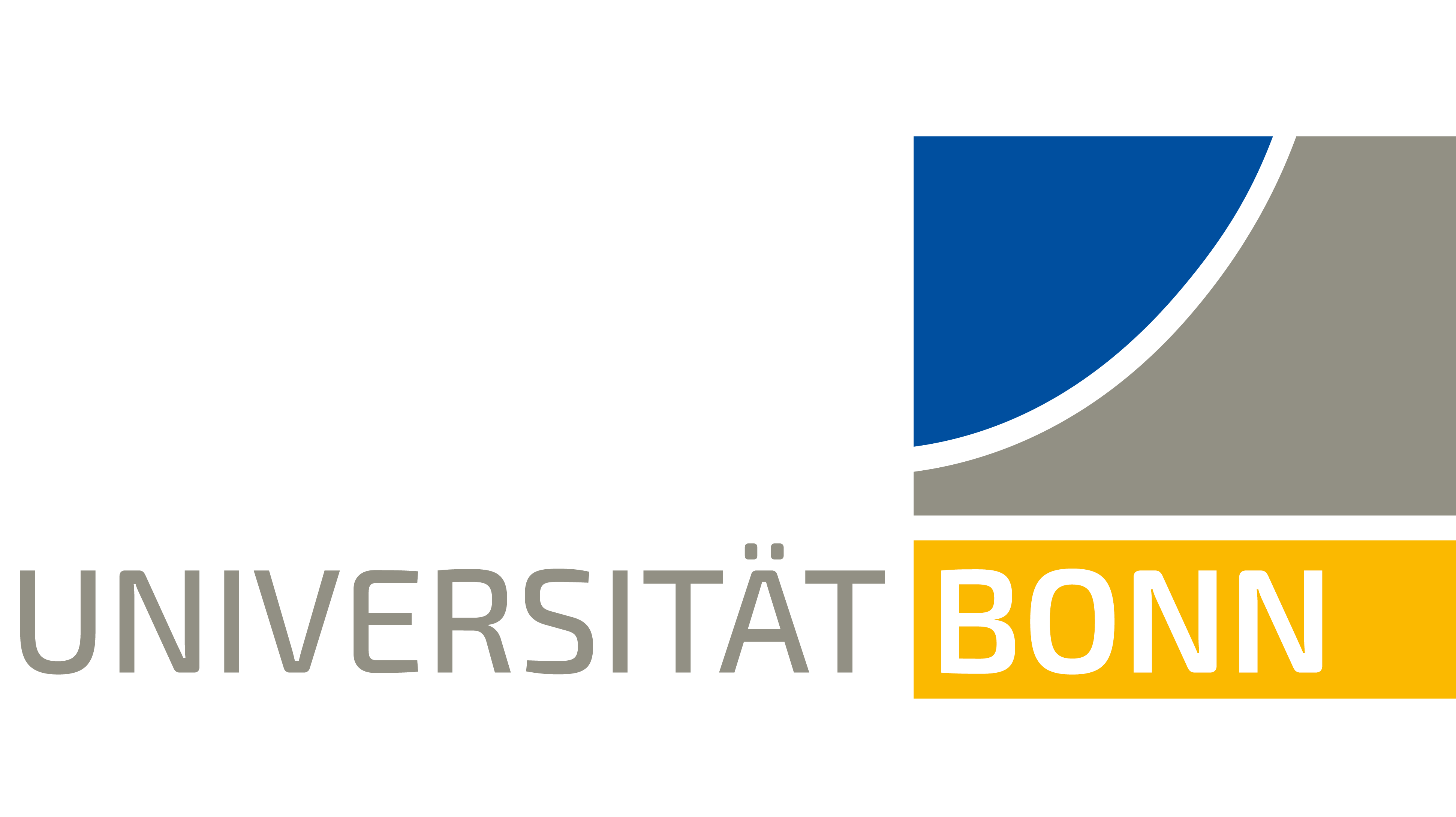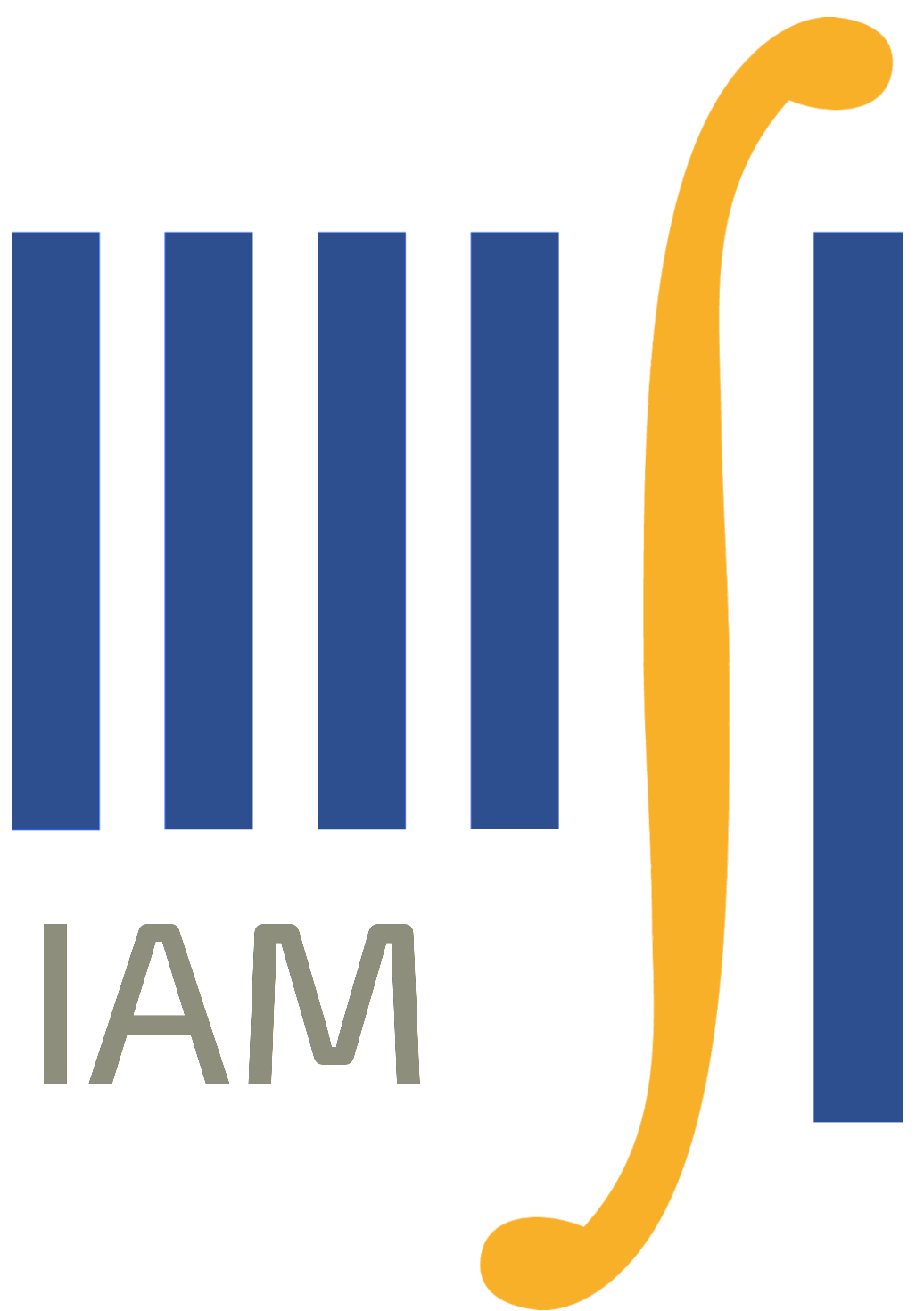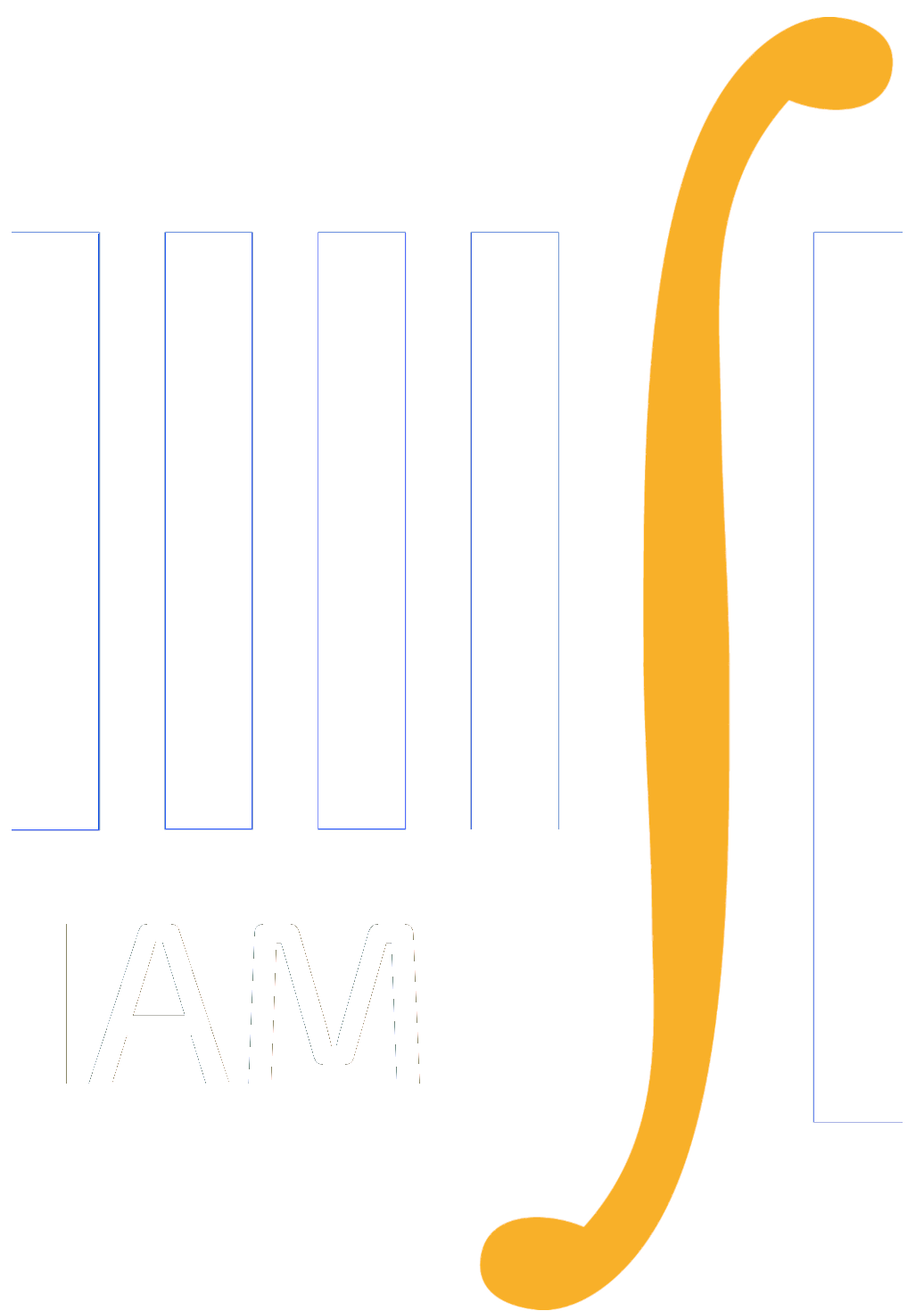Oberseminar Analysis Winter 2019/2020
Organizers: S. Conti, H. Koch, S. Müller, B. Niethammer, M. Rumpf, C. Thiele, J.J.L. Velázquez, T. Pernas-Castano
- Thursday Oct 31 2:15 p.m., Lipschitz-Saal Peter Gladbach A finite-difference discretization of the Willmore functional. We study the asymptotic behavior of a finite-difference bending energy defined on triangular simplicial complexes, as introduced by Grinspun et all (2012). As the mesh size tends to zero, we show Gamma-convergence to the Willmore functional under a certain Delaunay condition. We show that without this condition, the energy can in certain cases be made arbitrarily small, and particular care needs to be taken in the choice of a recovery sequence. This is joint work with H. Olbermann (UC Louvain).
- Thursday Nov 21 2:15 p.m., Lipschitz-Saal Massimo Moscolari (Aalborg University) Magnetic perturbation theory and topological insulators. Magnetic Schrödinger operators are often used as a model to describe the phenomenology of topological insulators. In this context, an important role is played by perturbations given by a constant magnetic field. Nevertheless, due to their singular character, such magnetic perturbations cannot be treated using standard perturbation theory techniques. A solution to this problem is given by gauge covariant magnetic perturbation theory, which was developed by H. Cornean and G. Nenciu during the 2000s and it will be presented in the first part of the talk. After that, I will show two applications of this theory to topological insulators: the construction of exponentially localized magnetic Wannier bases/Parseval frames and a gap labelling theorem for Bloch-Landau Hamiltonians. The talk is based on joint works with H. Cornean and D. Monaco.
- Thursday February 20 2:15 p.m., Lipschitz-Saal Malte Kampschulte (Charles University, Prague) Vertical relaxation of nonlinear problems and the issues arising with time-dependence When dealing with nonlinearities, the classical spaces provided by linear functional analysis often do not result in any useful limit. One is thus forced restate the problem as a relaxed version, where the limit might no longer be an actual function but can instead be a much more general object. A common approach to this is what could be called ``vertical relaxation'', where the image is promoted to an additional part of the domain. A well known example for this are Young-measures, however there are many more similar methods. This talk will be roughly split into two parts. The first half will be spent trying to give a glimpse into the plethora of different methods that make use of this idea and discuss some of their relative strengths and weaknesses. The second half will then focus on some of the issues that arise when considering relaxed solutions in time dependent problems, where the classic notions of continuity, time derivatives and even distances often fail and alternative approaches need to be found.


